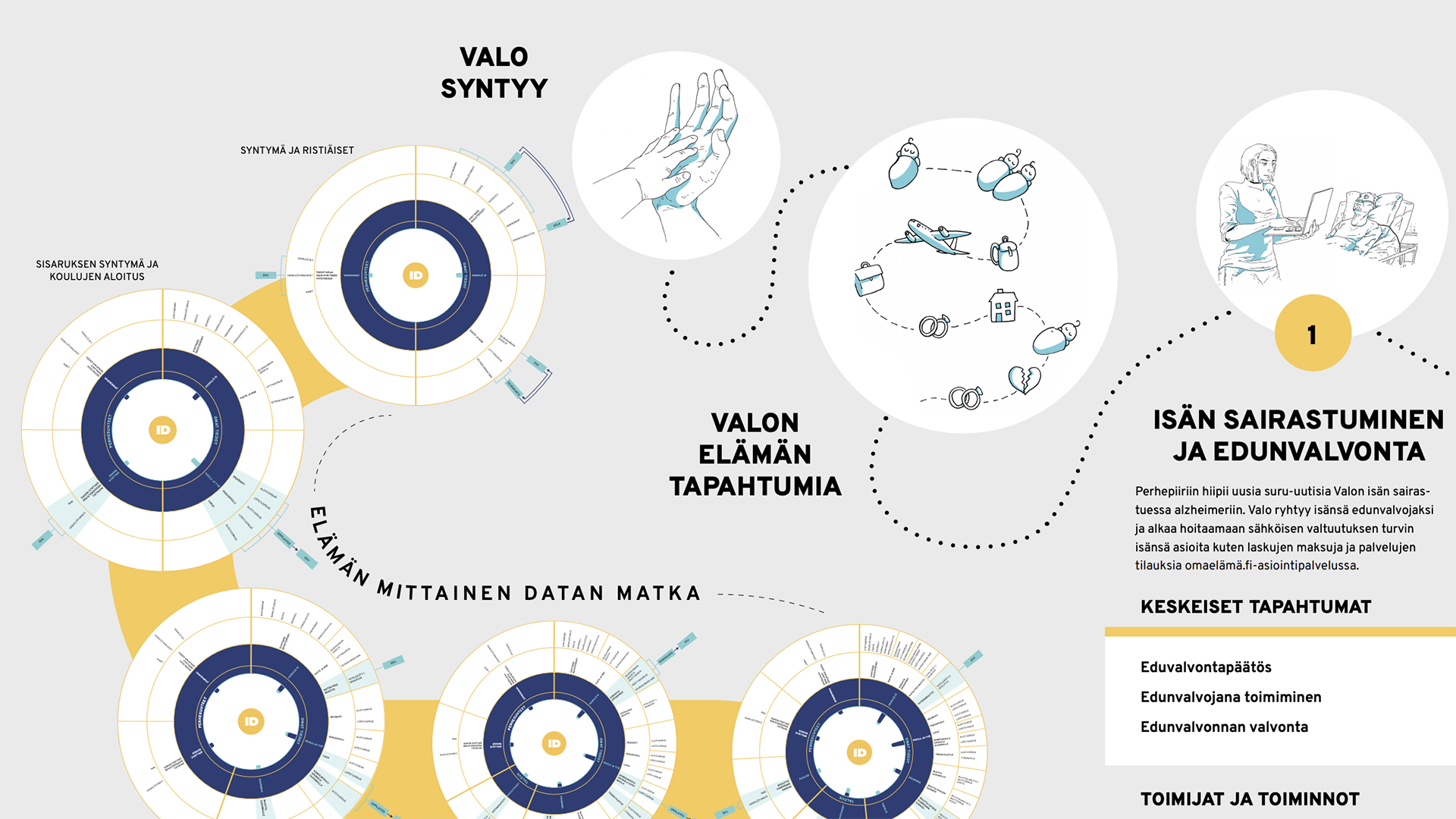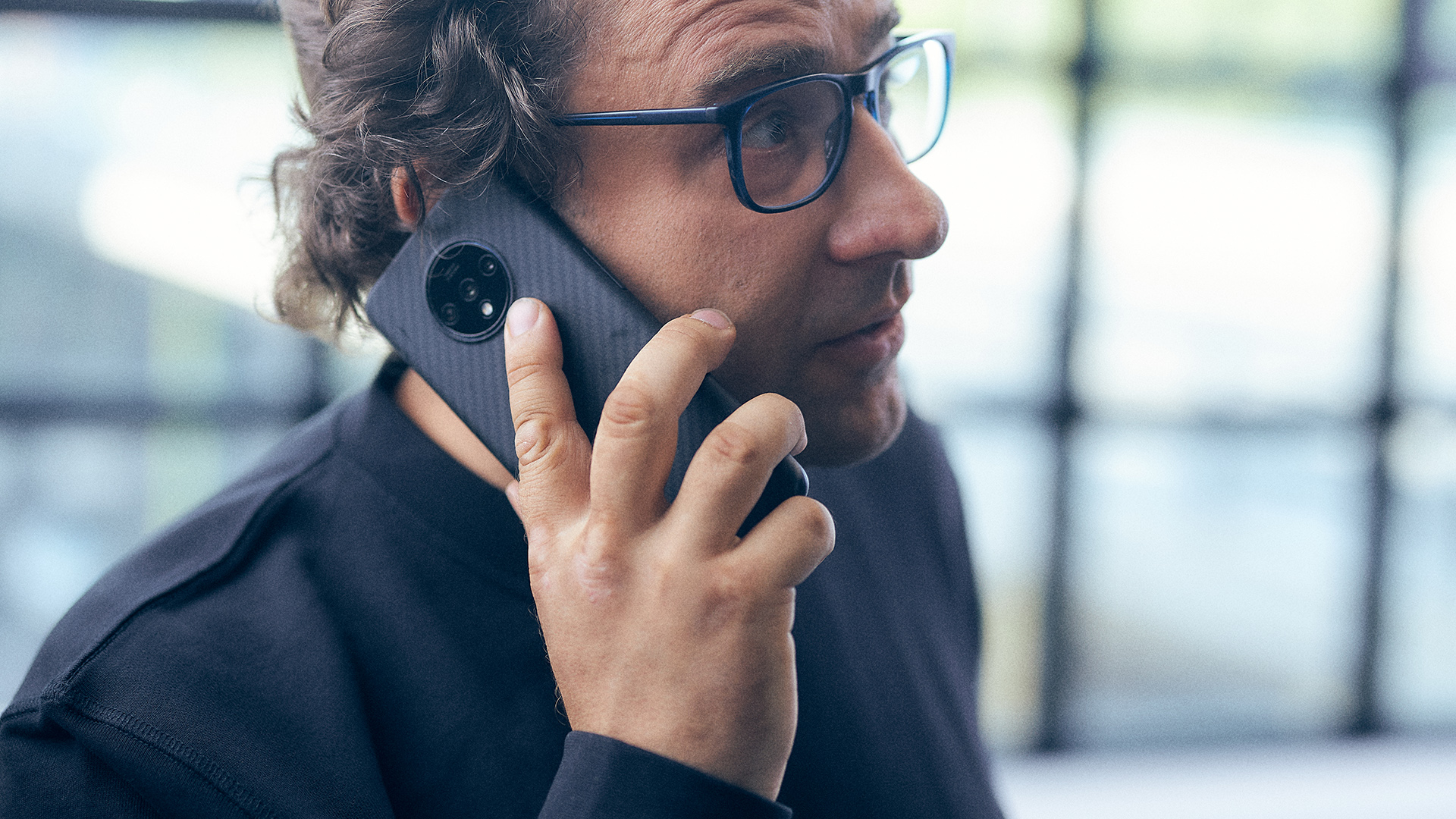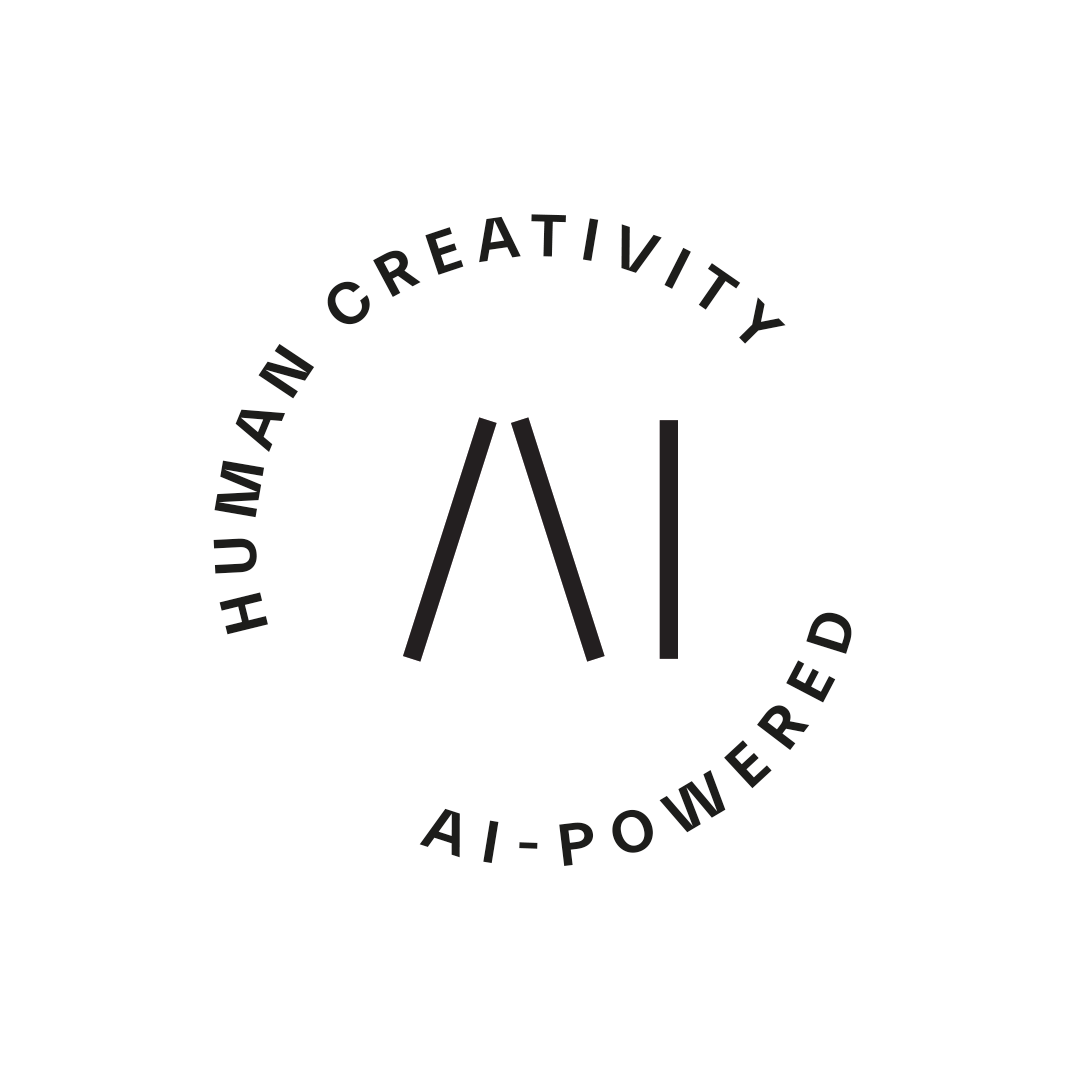Experience Design // Future Digital Opportunities // Digital Business Development // Change Management // Digital Experience // Design Services
Contact Us → Contact Us →What’s happening in the world today? Below you can see some megatrends as stated by Sitra (The Finnish Innovation Fund), that describe the main forces and phenomena happening around us. These are huge waves of change that affect our lives and society on every level, and we need to take them into account when designing experiences, services and business models.

The New Economy
What is going on with our economics and value chains? Are our models operating models changing? There has been a lot of discussion or even hype on Digital Business and the New Economy or the Internet Economy, but we cannot escape from the fact that digital and analogue worlds are merging.
"There is no internet economy. This is the economy."
Competing in the Age of AI, Marco Iansiti & Karim R. Lakhani
Similarly, we no longer have:
- Digital Strategy, we have Strategy
- Digital Operations, we have an Operating Model
- Digital Customer Experience, we have Customer Experience
- Digital Value Chain, we have a Core Value Chain
- Digital Development Departments, we have Business Departments
The World Tomorrow Today
Successful organizations of the future will build their core operating models and value chains based on modern technology, data, automation, and Machine Learning. This will be game-changing in multiple levels in our society.
Amazon is clearly a forerunner of creating an operating model for the new world. Amazon Echo and Alexa software are reshaping the whole retail industry. Amazon Go with its frictionless shopping experience; customers can just enter the shop with the Amazon app, pick the products, and exit without stopping to pay.
Hogeweyk Memory Village is a new concept for people living with a memory disease, where a whole neighbourhood and technology solutions are built to enable independent and meaningful life – even when you no longer can handle money or sign legal contracts.
Both supermarkets use modern technology (e.g. sensors, data, and AI) to make it easier for clients to shop. They cater to very different target groups and the context is different, but the ultimate goals are very similar.
Designing for a world that is constantly changing
How do we design services and concepts in a world that doesn’t keep still? For one, we can't design digital solutions as disconnected pieces of UX for specific digital touchpoints, but need to look at the big picture and make sure all the puzzle pieces fit snuggly together. But what are the essential pieces of this puzzle?
When talking about essential building blocks, the first thing is to take a planet-centric perspective, considering not only the human end-users, but also to the effects to the environment and to other living beings. The services, digital experiences and solutions are for us but affect the world around us. Taking a human-centric approach to users, instead of labelling them as customers and users, is taking into use everything related to people and their diverse needs. And it is not just the angle to whom we design for, but the human-centric approach is also important during the design process. Without co-creation and human-centric leadership, we won’t be able to satisfy the needs of all the users of the services we create.
In order to create business value and make sure the value chain and operating models produce services and experiences for the customers in the most meaningful way, we need to link each touchpoint and encounter with the customer to the service production value chain. It is critical to understand the core value produced, and to think about the various roles and responsibilities of your employees. We should start paying special attention to which parts humans should take care of and which parts could be automated or at least partly produced by machines.
Data is a critical element and enabler of modern digital experiences and services. We need to be able to capture and describe, on a conceptual level, the most important data and information streaming through our value chains and business processes. Capturing the data flow in the first place will enable us to begin building automated and AI-driven solutions.
How do you search for competitive advantage?
With these three basic blocks you can begin to build on, but when you aim to become a forerunner and build sustainable competitive advantage, you need to add couple of elements more.
With AI, machine learning, and automation taking a stronger role in the services and operating models, it is important to understand how people behave, think and feel on a deeper level - we need to see deeper. Cognitive science, psychology, and sociology will be important skill domains which are needed to support the design of the services. Companies that understand the behaviour and minds of people on a deeper level are going to be winners.
When becoming truly human- and customer-centric, companies, organizations, and societies need to become more elastic when it comes to the production of service and value - we need to see broader. In some cases, the best possible way to produce service, value, and great experiences is through ecosystems of multiple organizations and companies. Each organization brings its capabilities to the common operating model and has an important role in the ecosystem which is jointly producing the best possible experience for the customers.
Last but not least, to be future proof you need to wear a future researcher hat on you, observe the weak signals of the change, creating plausible foresights of the future and using speculative design methods to envision the future concepts and experiences - we need to see forward.
A case example for the above: “The Ecosystem of Death”
When a close relative passes away, besides the grief, family members have a lot of documents and different public officers to handle. The heavy and bureaucratic entity is not governed by one single public officer, but instead death-related documents and procedures are handled by the Digital and Population Data Services Agency (DPDSA), Finnish Tax Administration (FTA), as well as private banks, insurance companies, and several other public officers and companies.
- This is a life event that touches every one of us, but a service process that nobody owns
- Public sector is living the time of cost-cutting pressure
- Need to change the mindset towards customer- or citizen-centric with the service production
What we did
It was important to find solutions that are desirable for the citizen, as well viable for the different organisations and companies. We conducted a co-creation rehearsal with 50 organisations.
As the result, we created a holistic service vision with 10 years perspective where the service is produced together with multiple public and private sector organizations from citizen centric point of view. The operating model is using data and modern technologies with automation and AI to enable great digital experiences.

You can view the whole concept-chart, of which you see a small part above, in Finnish here.
Watch the presentation "Designing Digital Experiences for the New Normal" below:
Written by:
Sanna Vainionpää, Jemina Lehmuskoski
Sources:
Sitra Megatrends 2020 slide-set
New York Proves Amazon Go Works, And An Even Bigger Rollout Is Only A Matter Of Time
Inside the Dutch 'dementia village' that offers beer, bingo, and top-notch healthcare

